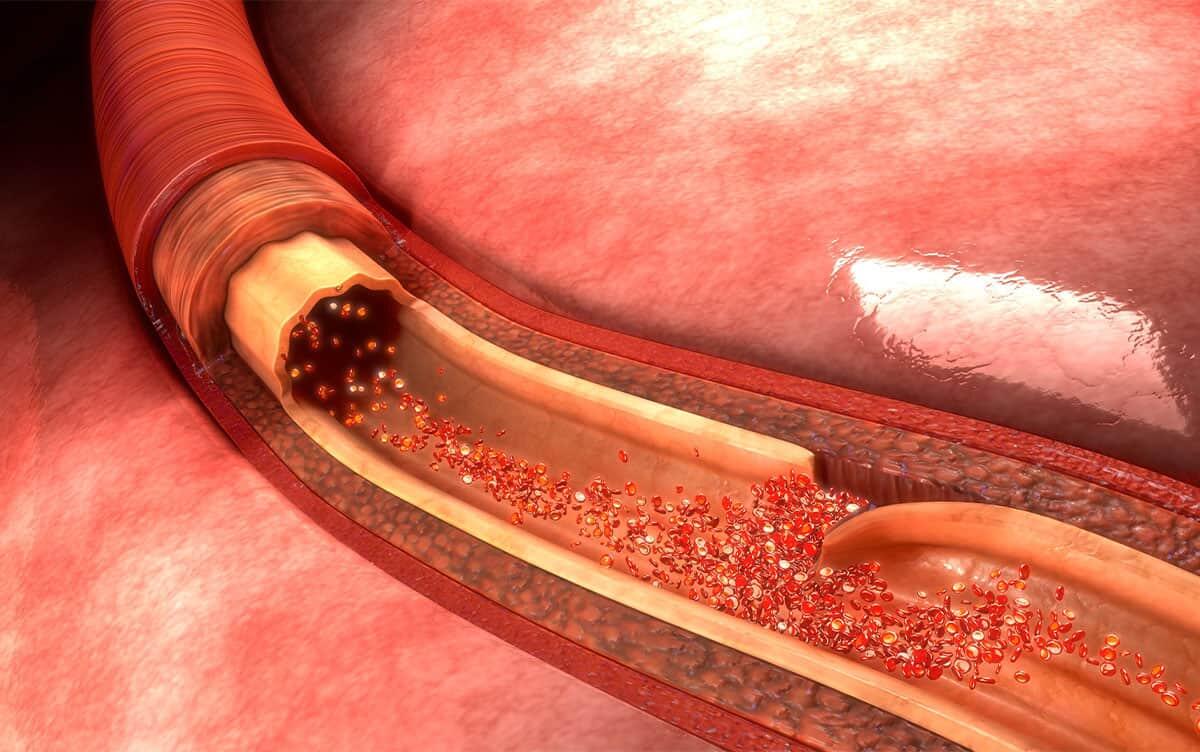Research News
New Clues in Aortic Dissection: Endothelial Dysfunction Meets Immune Infiltration
 Image by sciencepics/Shutterstock
Image by sciencepics/Shutterstock
An international research team led by University of Tsukuba has created a new mouse model that spontaneously develops aortic dissection by introducing a novel genetic variant associated with familial aortic dissection. Through this model, the team investigated the mechanisms underlying aortic dissection and found that abnormalities in vascular endothelial cells and the accumulation of macrophages play a crucial role in disease progression.
Tsukuba, Japan—Due to the sudden rupture of the aortic wall, aortic dissection is a life-threatening condition that requires immediate medical attention, as it can lead to vascular collapse. Individuals with inherited connective tissue disorders, such as Marfan syndrome, are particularly at risk, often developing the condition at a young age. This highlights the urgent need for effective preventive and therapeutic strategies. However, the molecular mechanisms that drive the onset and progression of aortic dissection remain poorly understood.
In a recent study, an international research team led by the University of Tsukuba created a mouse model that spontaneously develops aortic dissection by introducing a missense variant, originally identified in a patient with familial aortic dissection, into the fibrillin-1 (FBN1) gene. This single nucleotide change results in the production of an abnormal fibrillin-1 protein. The mutant mice showed intimal-medial tears in the ascending aorta, with dissection progressing alongside significant infiltration of inflammatory cells. This ultimately led to fatal rupture.
Histological and gene expression analyses revealed that abnormalities in vascular endothelial cells precede the onset of dissection. These endothelial abnormalities facilitated the accumulation and infiltration of monocytes and macrophages into the intima, where the macrophages exhibited both inflammatory and anti-inflammatory phenotypes.
Further investigation indicated that the FBN1 missense variant disrupts the binding of fibrillin-1 to transforming growth factor beta (TGFβ)-binding proteins, leading to reduced TGFβ signaling, a pathway essential for maintaining vascular homeostasis.
These findings suggest that the interaction between vascular endothelial cells and macrophages, along with decreased TGFβ signaling, forms a critical molecular basis for the pathogenesis of aortic dissection. The mouse model developed in this study can serve as a valuable tool for elucidating the molecular mechanisms of aortic dissection and advancing the development of new therapeutic strategies.
###
M.A.A.S is supported by a JSPS Grant-in-Aid for Special Purposes, Grant Number JP23KJ0282.
This study was supported in part by the Kanae Foundation for the Promotion of Medical Science (to K.K.), SENSHIN Medical Research Foundation, Japan Agency for Medical Research and Development Grant Numbers 23ek0109553h003 and 23ek0210183h0001, JSPS KAKENHI Grant Numbers JP23H00431 and JP21KK0151 (to H.Y.), The Everest Grant from The Marfan Foundation (to J.D.B, P.S. and H.Y.), and Grant for Medical Research from the Baillet Latour Fund (to J.D.B.). We also thank the support given to P.S. by the Fund Walckiers-Van Dessel and the Belgian Heart Fund, created in collaboration with the Belgian Society for Cardiology and managed by the King Baudouin Foundation.
Original Paper
- Title of original paper:
- Novel aortic dissection model links endothelial dysfunction and immune infiltration
- Journal:
- Circulation Research
- DOI:
- 10.1161/CIRCRESAHA.125.326230
Correspondence
Assistant Professor KIMURA Kenichi
Professor YANAGISAWA Hiromi
Life Science Center for Survival Dynamics, Tsukuba Advanced Research Alliance (TARA), University of Tsukuba
Assistant Professor KANKI Sachiko
Department of Thoracic and Cardiovascular Surgery, Osaka Medical and Pharmaceutical University
Professor NAKAMURA Tomoyuki
Department of Pharmacology, Kansai Medical University
Related Link
Life Science Center for Survival Dynamics, Tsukuba Advanced Research Alliance (TARA)



